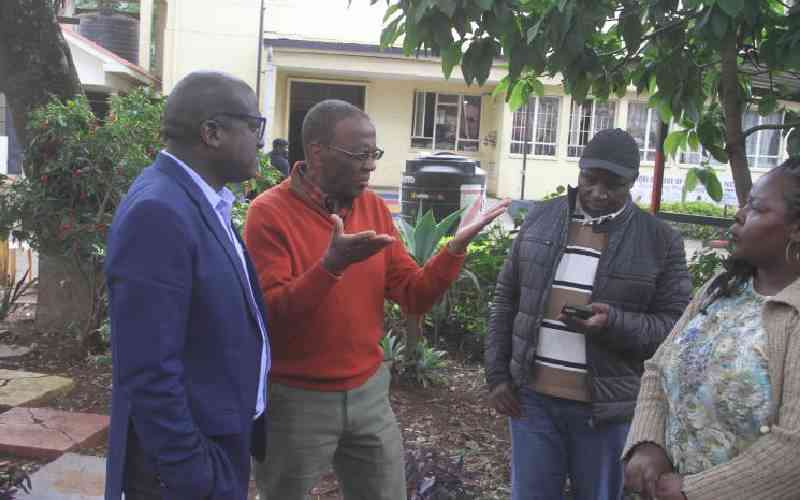×
The Standard e-Paper
Home To Bold Columnists

What a way to mark the centennial birthday of a country.
There could have been a hundred and three ways to mark the month Kenya was officially shackled and Kenyans deprived of dignity representation. Teargassing an 87-year-old lawyer, Dr John Khaminwa and former Chief Justice Dr Willy Mutunga (77) (pictured, second left) inside a police station was quite a spectacle!